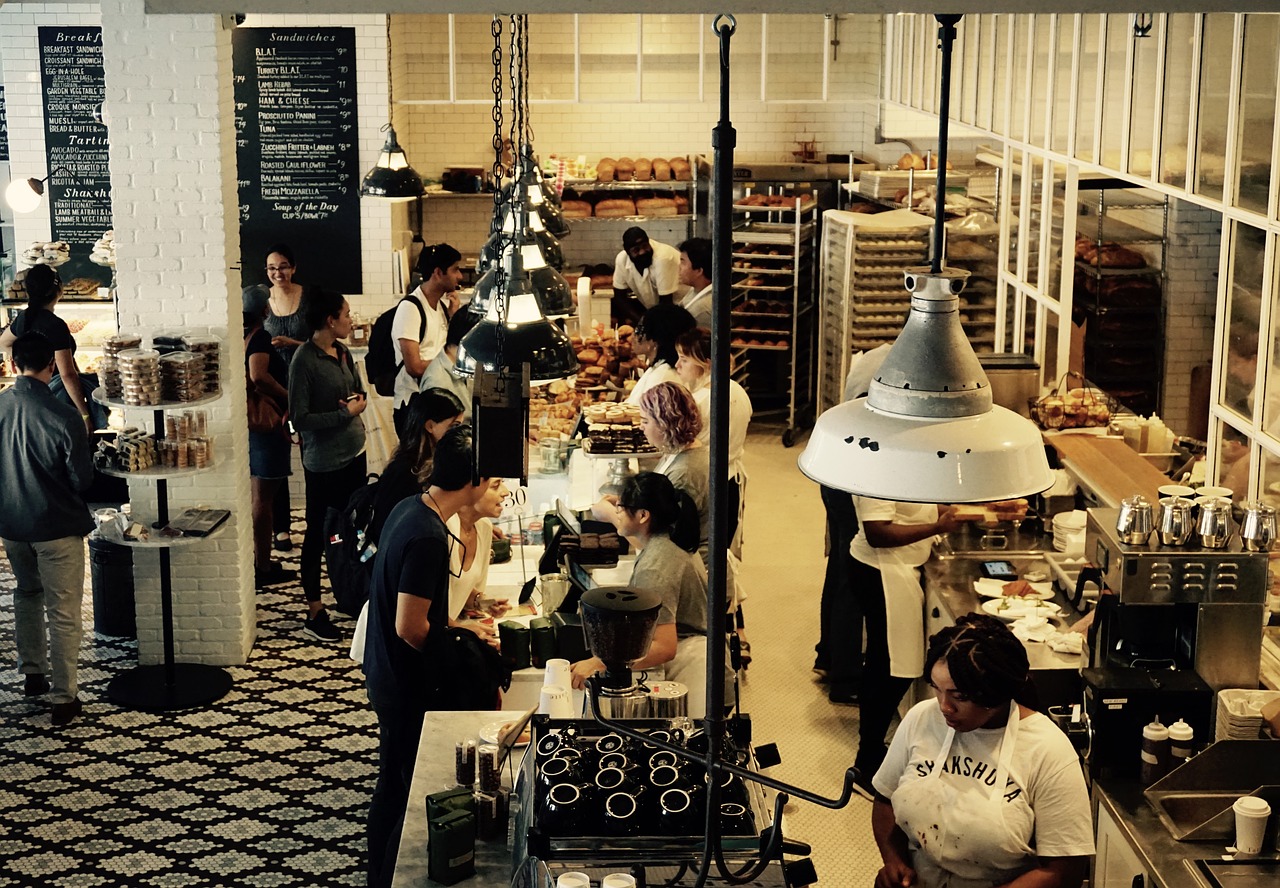Reduction of waiting time and queues for a company's catering service
Project Overview
In this particular case, we address the issue of long queues that form throughout HQ for specific events such as lines to get meals from available options. While this issue might not impact directly the performance of the company –i.e. lines to get lunch does not directly impact revenue– it does interfere with the efficiency of internal operations of the company because of wasted time of its employees.
Using supply chain analytics and tools such as queuing theory, mathematical programming, discrete-event simulation, as well as supporting information technologies, a company can greatly mitigate these risks and improve efficiency before making additional investments.
Goal of queueing systems optimization
Achieve an economic balance between the cost of service and the cost associated with waiting.
Excecutive summary

The current food service operations at the company HQ include several internal restaurants with buffet or over-the- counter systems. Some of these have a single common queue while others have multiple queues. The company management is willing to test potential options to reduce waiting times and queues.
The project has a as a main objective to perform a lean assessment of the current state of three queuing systems. Having accurate capacity estimates help us make more precise recommendations to address existing and potential capacity bottlenecks.
Some of the metrics to be used to evaluate current and potential performance include expected waiting and queuing times, queue length and space requirements, expected total time in system, throughput, and expected capacity of the overall process. (The type of metrics to be used in the analysis include utilization levels, bottlenecks, improvement opportunities and expected impact, and priorities).
Results:
- A solution based on queue optimization for internal services was developed.
- The project reduced staff downtime by thousands of hours per year.
